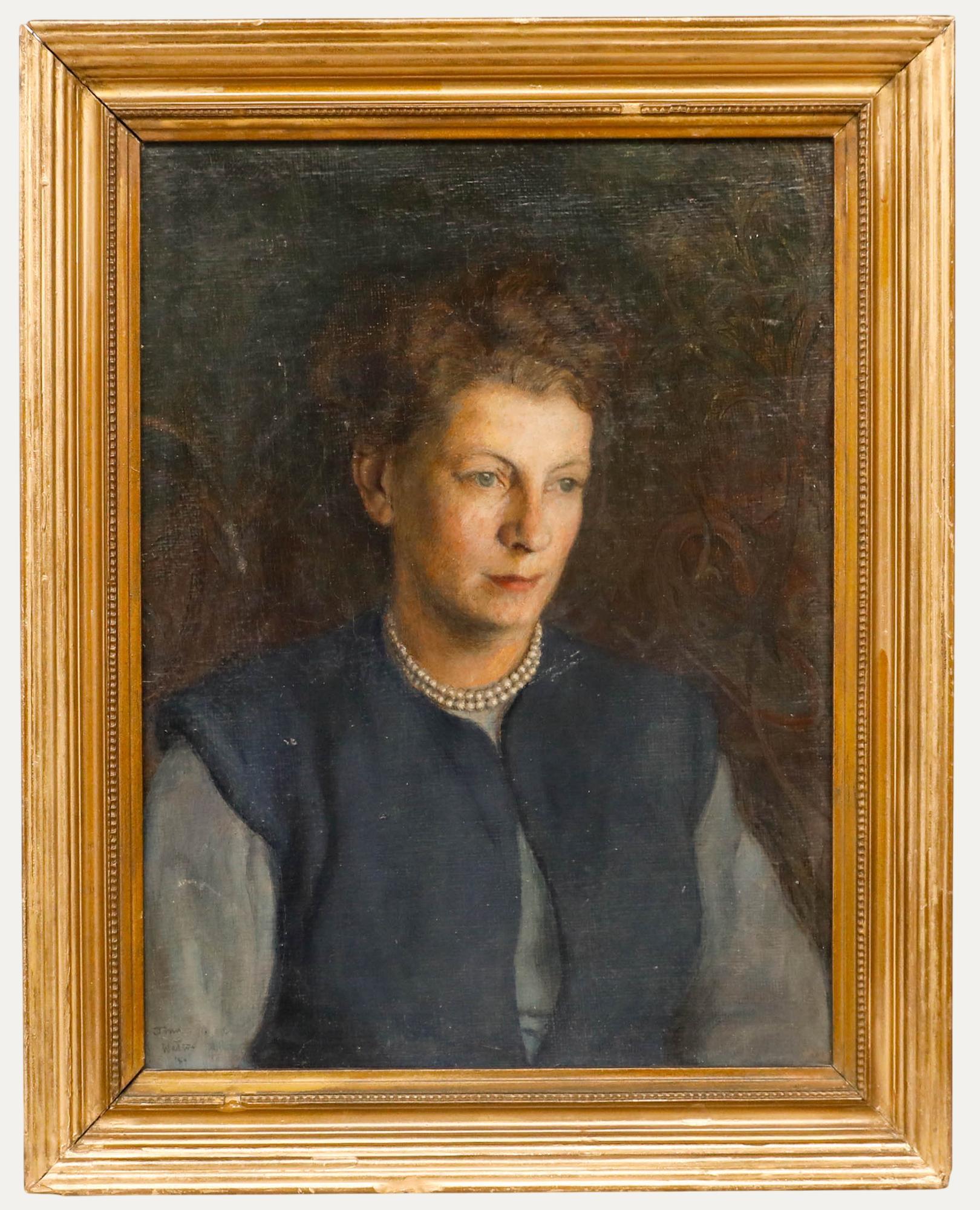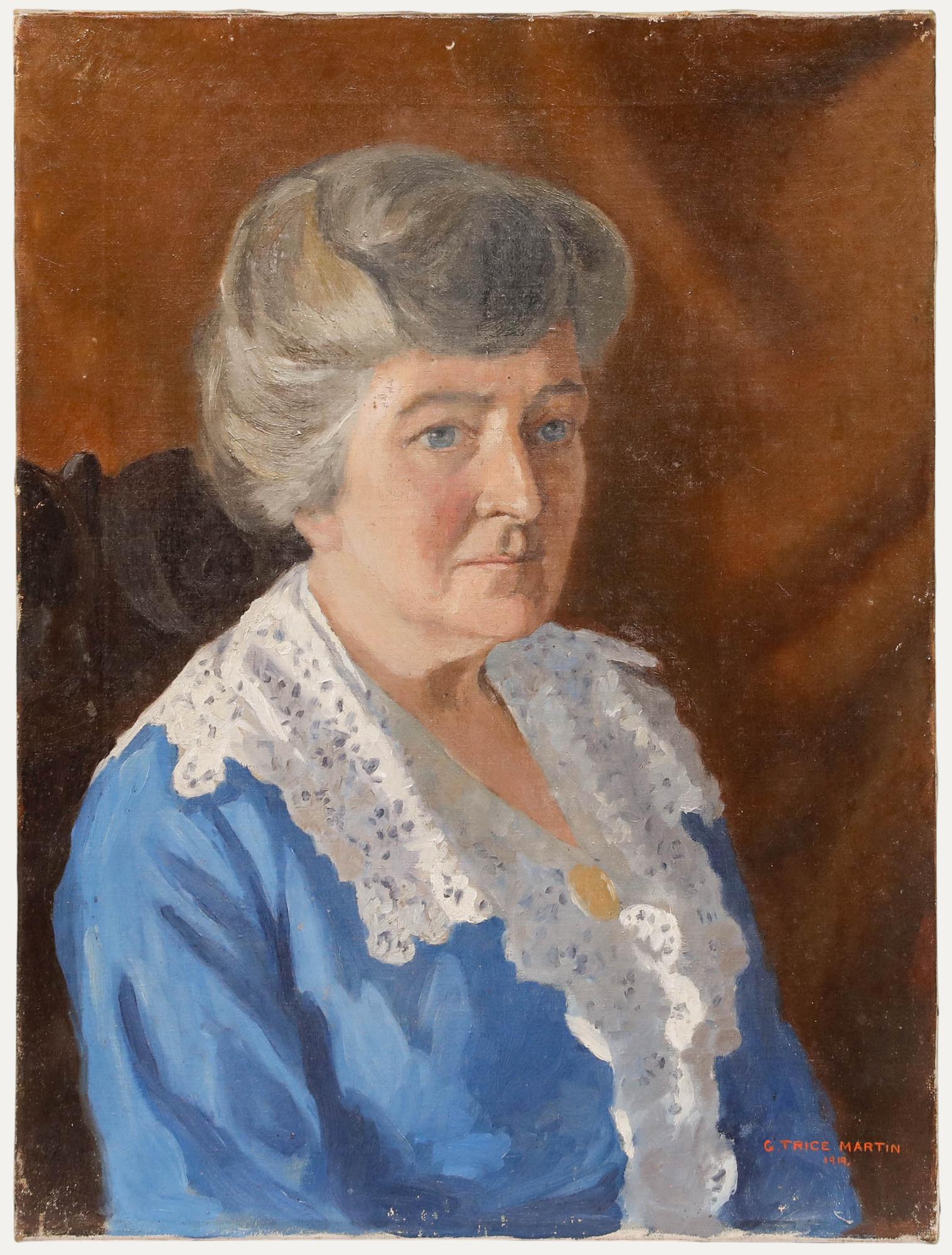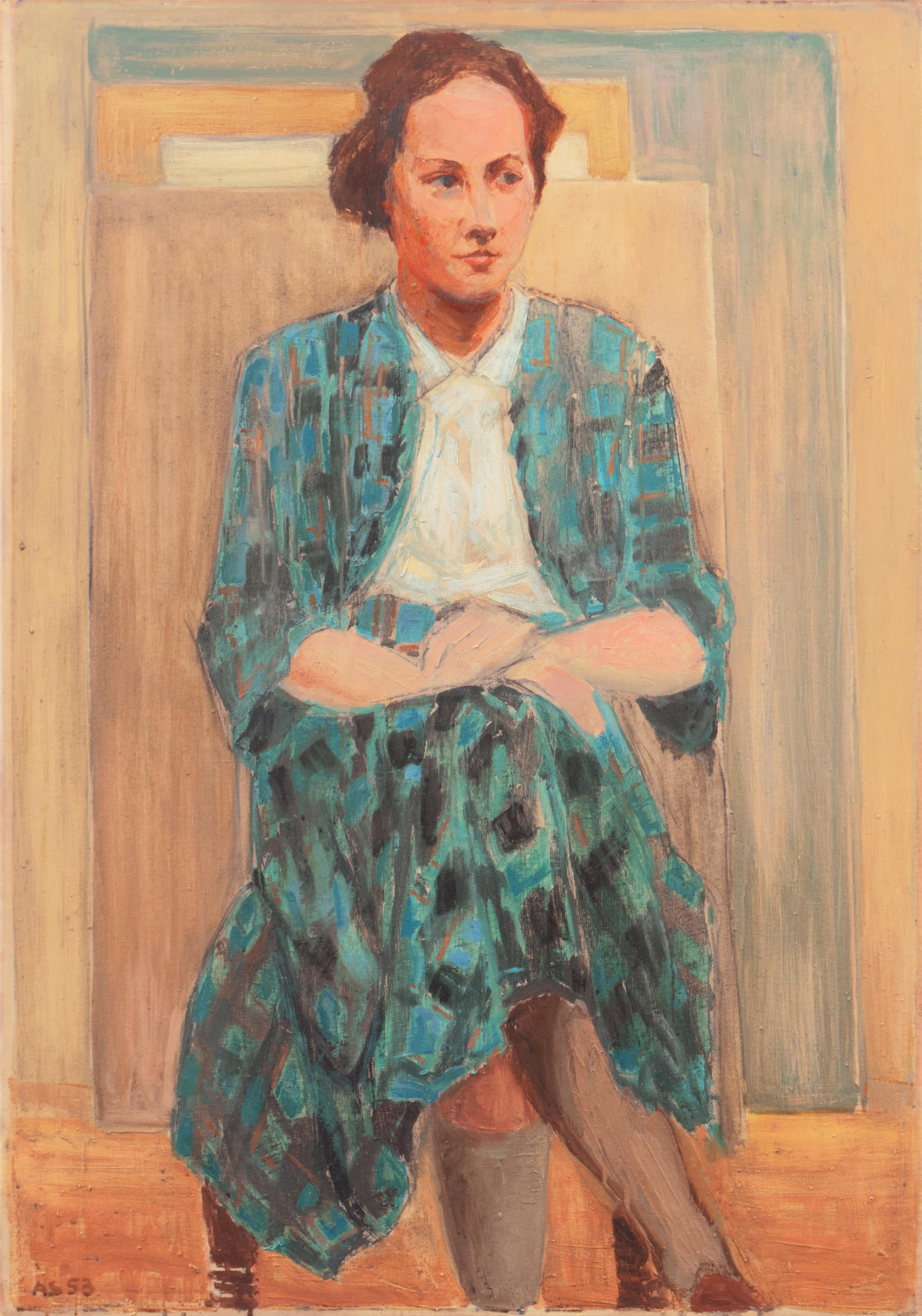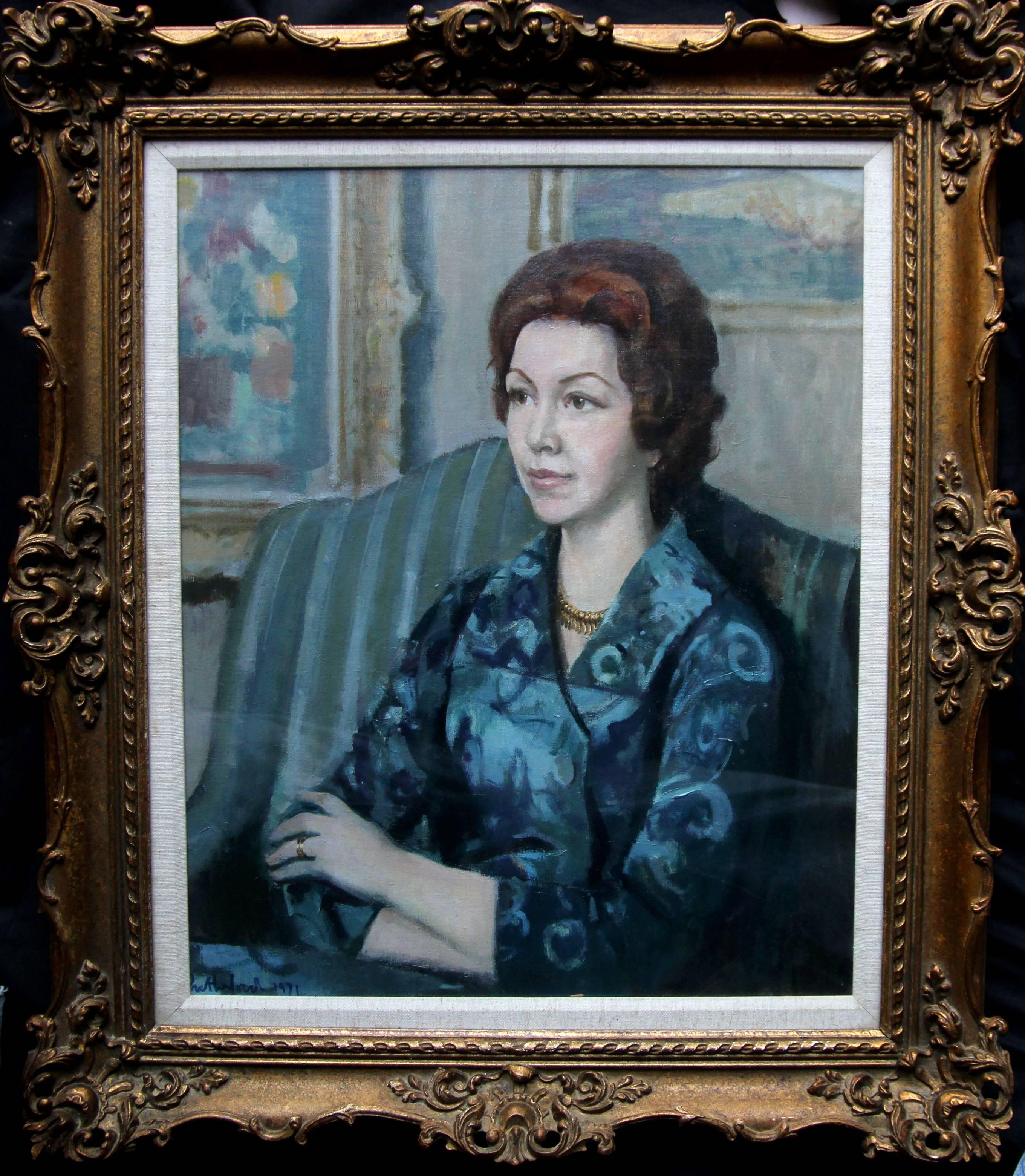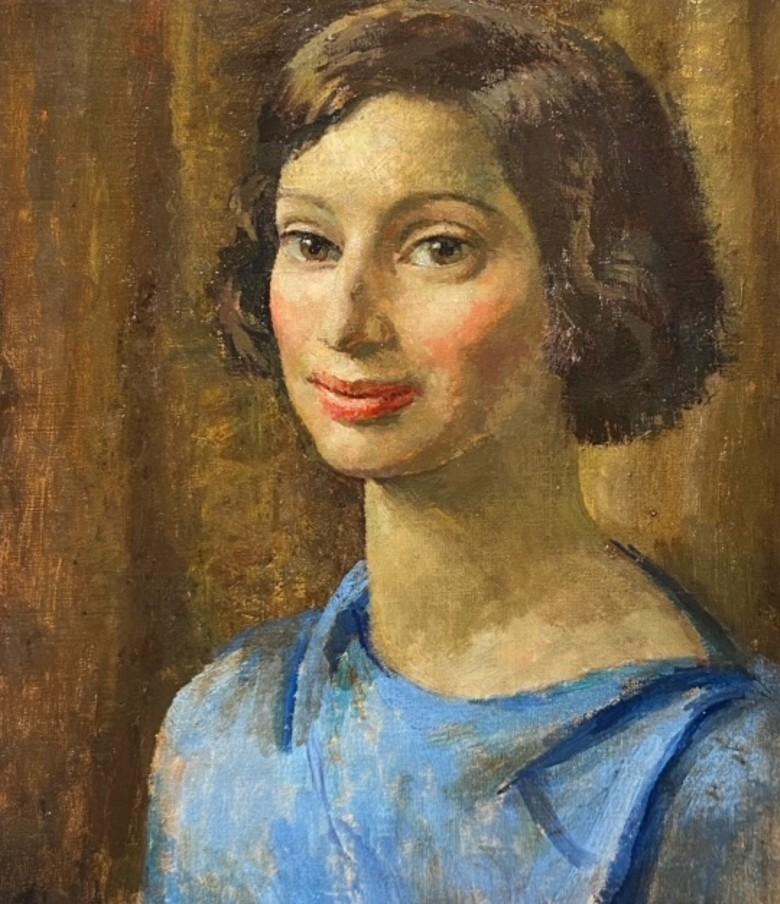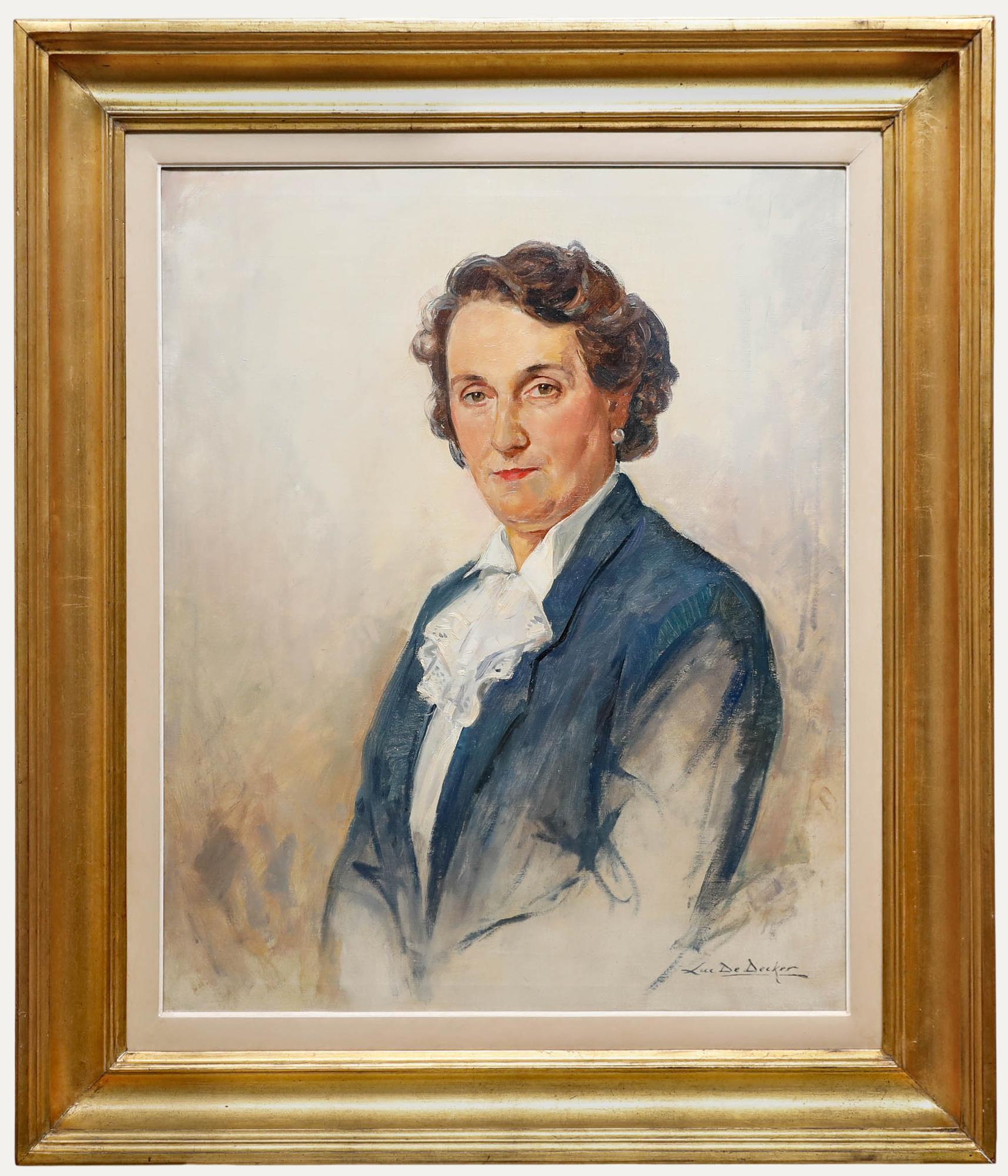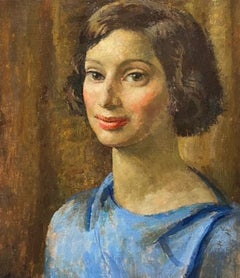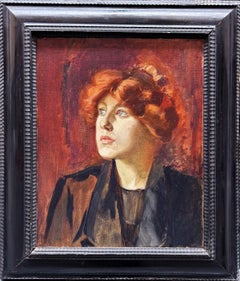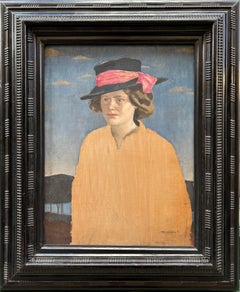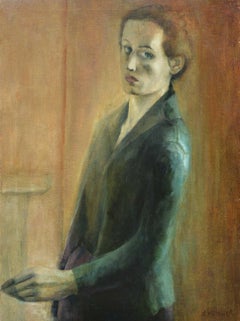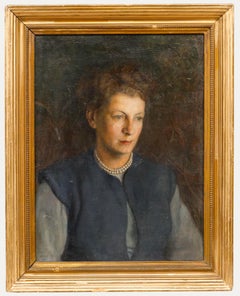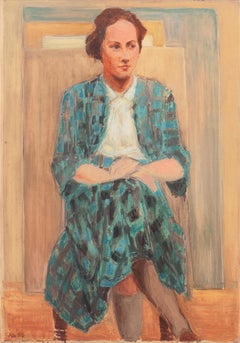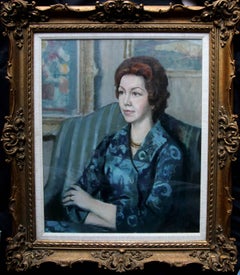Edward Bainbridge CopnallPortrait of a Lady in Blue
About the Item
- Creator:Edward Bainbridge Copnall (1903 - 1970)
- Dimensions:Height: 24 in (60.96 cm)Width: 20 in (50.8 cm)
- Medium:
- Period:
- Condition:
- Gallery Location:London, GB
- Reference Number:1stDibs: LU52416436822
Edward Bainbridge Copnall
Edward Bainbridge Copnall was born in Cape Town, South Africa in 1903, and moved to Horsham, West Sussex in England as a young child after the death of his mother. His father, photographer Edward White Copnall (born 1878, Isle of Wight), lived and worked in Horsham from 1915–62. Copnall's uncle was Liverpool-based portrait painter Frank Thomas Copnall (1870-1948). The Copnall family have a long association with Horsham, the street Copnall Way is named after them. The exterior sculptural scheme for the Royal Institute of British Architects new building in Portland Place, London, completed in 1934, was an important early commission. In the Second World War, he worked as a camouflage officer in the Middle East, building dummies as part of the military deception for Operation Crusader. Copnall lived in Burma from 1955 to 1956, and completed 50–60 paintings, mainly portraits, during that time. He was also commissioned to do a memorial of General Aung San, the first Prime Minister of Free Burma. The statue was unveiled in Burma in 1955. Copnall was the president of the Royal Society of British Sculptors from 1961 to 1966. He wrote A Sculptor's Manual, published in 1971, and Cycles: An Autobiography - The Life and Work of a Sculptor, published in 2001. Copnall’s son is artist John Copnall (1928–2007).
- ShippingRetrieving quote...Shipping from: London, United Kingdom
- Return Policy
More From This Seller
View All20th Century Portrait Paintings
Canvas, Oil
Early 20th Century Portrait Paintings
Canvas, Oil
Early 20th Century Art Nouveau Portrait Paintings
Oil
Mid-20th Century Portrait Paintings
Oil
Early 20th Century Portrait Paintings
Canvas, Oil
Early 20th Century Modern Portrait Paintings
Canvas, Oil, Board
You May Also Like
Mid-20th Century Portrait Paintings
Oil
20th Century Portrait Paintings
Oil
1950s Modern Portrait Paintings
Canvas, Oil
20th Century Realist Portrait Paintings
Oil
20th Century Portrait Paintings
Oil
Mid-20th Century Post-Impressionist Portrait Paintings
Canvas, Oil
